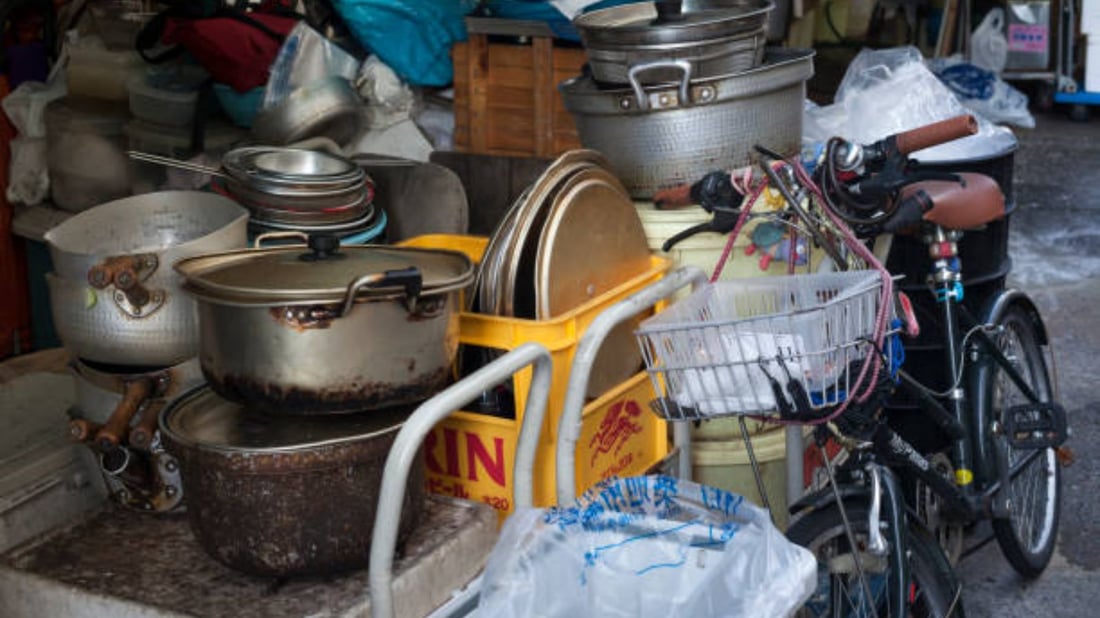The Material of Pots is Revealed: The Advantages and Disadvantages of Ceramics, Stainless Steel, and Copper
Choosing the right material for your cooking pots and pans can make all the difference in the quality of your meals. In this article, we will delve into the advantages and disadvantages of ceramics, stainless steel, and copper, the three most popular materials used in cookware today.
Ceramics
One of the most popular materials for pots and pans is ceramic. Here are the advantages and disadvantages of using ceramic cookware:
Advantages
- Non-stick surface: Ceramic coatings are naturally non-stick, making them an ideal choice for cooking delicate foods like eggs or fish.
- Easy to clean: Ceramic pots and pans are dishwasher safe and require minimal scrubbing to remove stubborn food residue.
- Aesthetic appeal: Ceramic cookware comes in a range of colors and designs, making it a popular choice for those who want to add a pop of color to their kitchens.
Disadvantages
- Fragility: Ceramic cookware is susceptible to chipping, cracking, and breaking if not handled properly.
- Heat distribution: Ceramic cookware has poor heat distribution, resulting in hot spots that can burn food.
- Pricier than other materials: High-quality ceramic cookware can be expensive, making it less accessible to those on a budget.
Stainless Steel
Stainless steel is a popular material for pots and pans due to its durability and versatility. Here are the advantages and disadvantages of using stainless steel cookware:
Advantages
- Durable: Stainless steel cookware is incredibly durable and can last for years with proper care.
- Compatibility: Stainless steel is compatible with all stovetops, including induction.
- Easy to clean: Stainless steel is dishwasher safe and easy to clean, even when dealing with stubborn food residue.
Disadvantages
- Poor heat distribution: Stainless steel has poor heat distribution, resulting in hot spots that can burn food.
- Prone to sticking: Unlike ceramic cookware, stainless steel is not naturally non-stick, so food can stick to the bottom if not properly heated or oiled.
- Expensive: High-quality stainless steel cookware can be expensive, especially if it's multi-ply.
Copper
Copper is a popular material for pots and pans due to its excellent heat conductivity and aesthetic appeal. Here are the advantages and disadvantages of using copper cookware:
Advantages
- Excellent heat conductivity: Copper pots and pans heat up quickly and evenly, eliminating hot spots that can burn your food.
- Aesthetic appeal: Copper cookware has a classic, elegant look that can elevate any kitchen.
- Durable: High-quality copper cookware can last for decades with proper care.
Disadvantages
- Cost: Copper cookware can be very expensive, making it less accessible to those on a budget.
- Maintenance: Copper requires regular polishing to maintain its shine and prevent tarnishing.
- Reactivity: Copper can react with acidic foods, resulting in a metallic taste and a change in color.
Conclusion
Choosing the right material for your pots and pans can be a daunting task, but understanding the advantages and disadvantages of each material can make the decision easier. Consider your cooking needs, budget, and the aesthetics of your kitchen when selecting the best material for your cookware. Happy cooking!

